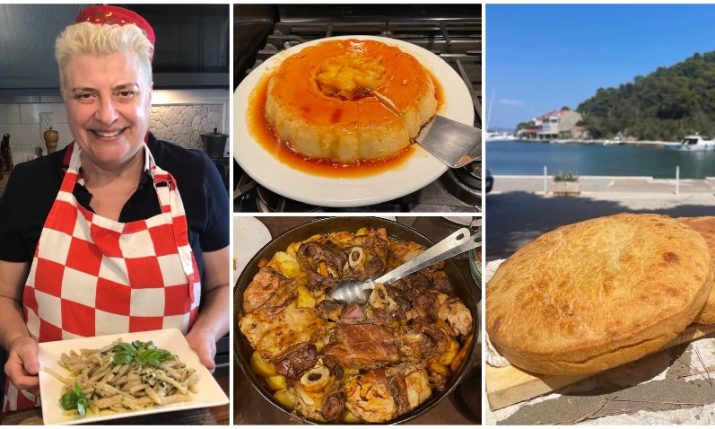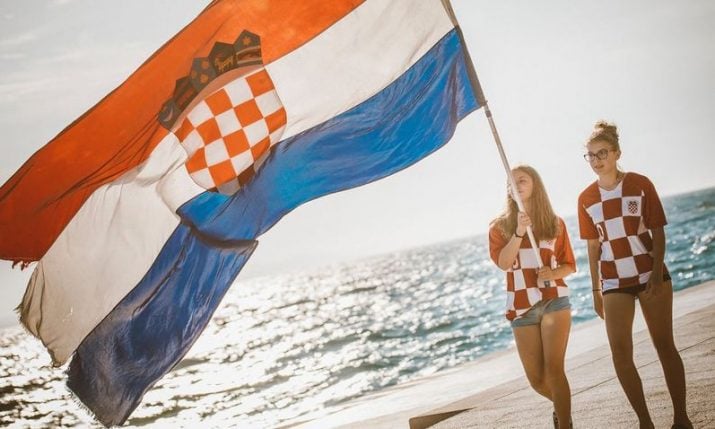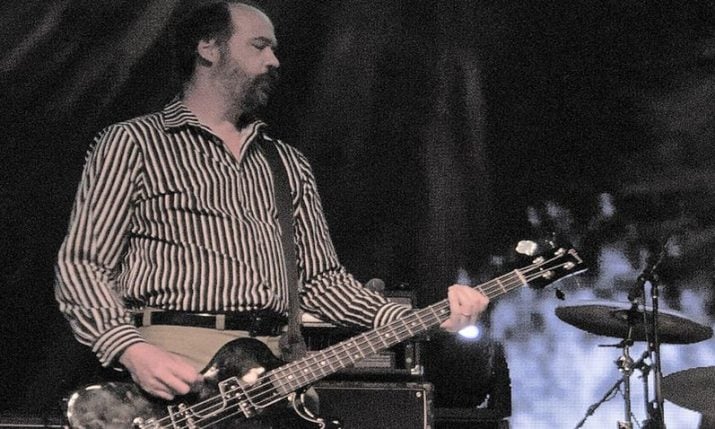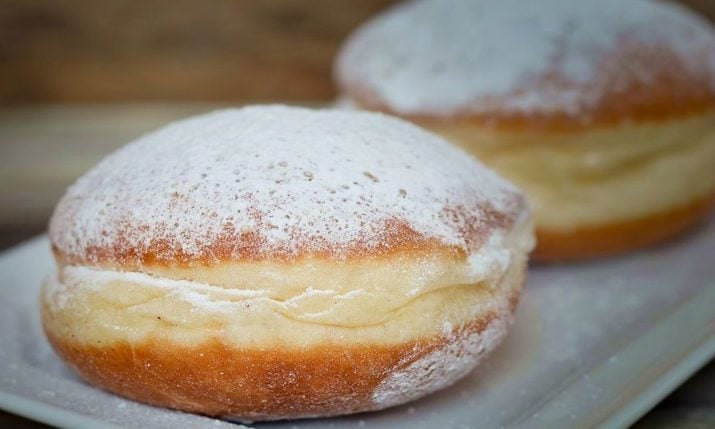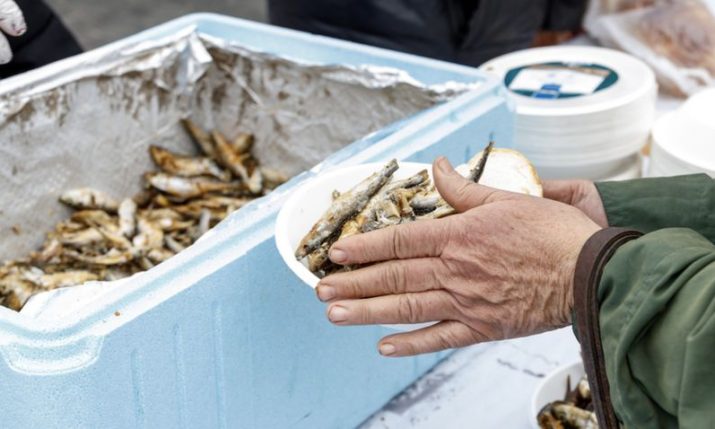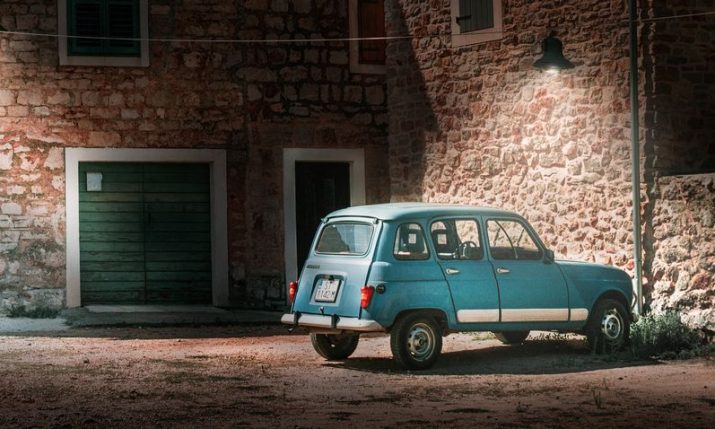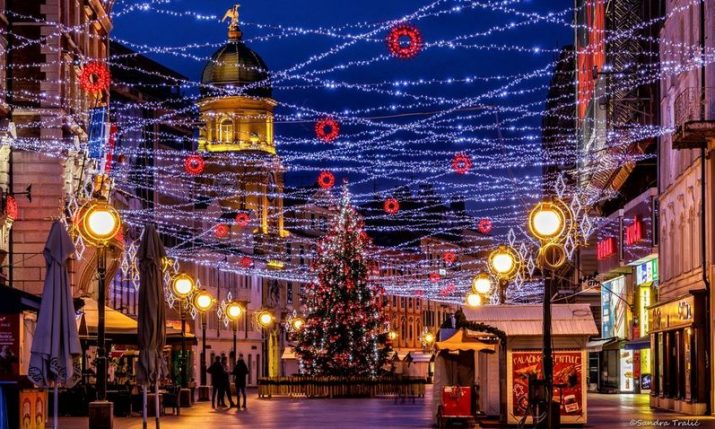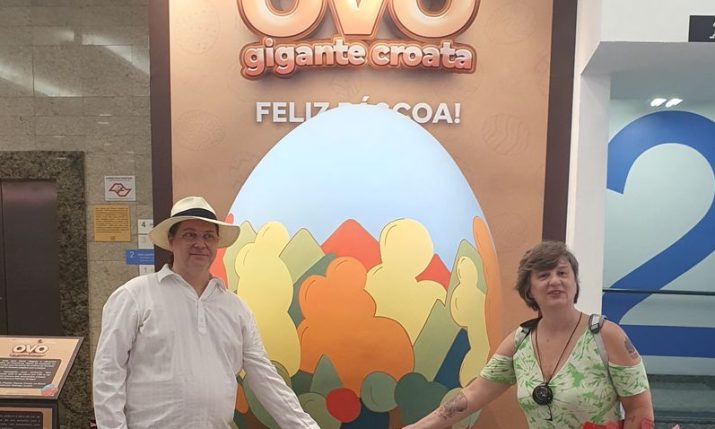Easter in Croatia: Traditions, delicacies, and vibrant heritage
- by croatiaweek
- in Entertainment
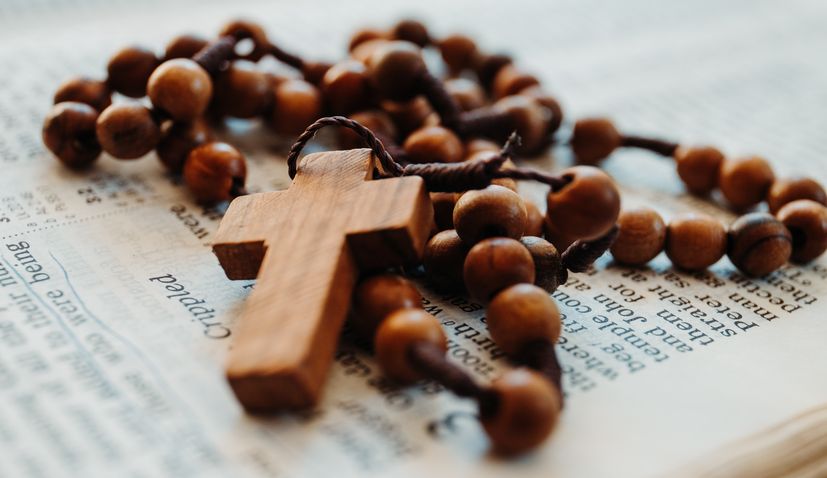
Easter, which falls this year on the last weekend of March, is a special time of year for Croatians, marked customs and traditions that have been passed down through generations.
By Josip Vujinović
The Easter season begins with Lent, which lasts 40 days. It has a strong symbolism of rebirth, new life and a new beginning. Easter is associated with many symbols and rituals that have been held for several hundred years.
Although Easter is the biggest Christian holiday, its tradition is a combination of various ancient influences from all over the world that symbolize the celebration of a new life cycle due to the spring awakening of nature. That’s how many people celebrate Easter, regardless of their family’s religious affiliation, around a rich holiday table.
After carnival comes Ash Wednesday, which begins the period of fasting and prayer, purification and abstaining from abundance, and reaches its peak in Holy Week, that is, Easter. In the period of Lent and fasting, dishes are more modest, desserts are lean, and meat is saved for Easter lunch.
Holy Week begins on Palm Sunday, the Sunday before Easter, and one of the customs that unites religion and nature is washing with water containing flower petals and various other herbs. Freshly picked spring flowers would be placed in a basin of water and the girls would wash themselves. The well would also be decorated.
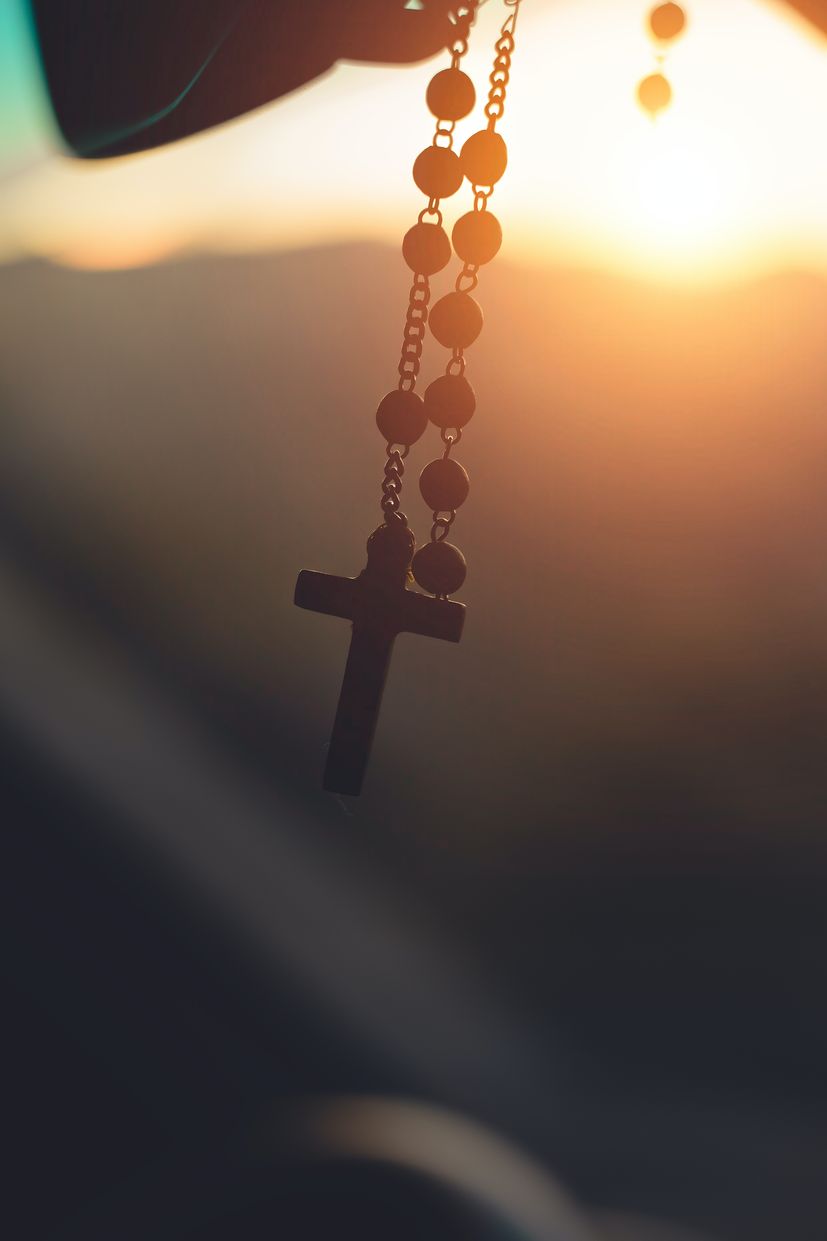
Cvjetnica had its own special customs, only a part of which has been preserved to this day. Twigs, usually olive, and flowers, twigs of ivy, dogwood tree and other plants were brought to the church for blessing. The belief that blessed twigs can protect the home and family from evil remains in the people to this day.
The traditional flower of Easter is the lily, which symbolizes purity and innocence, and many people will decorate the table with wildflowers.
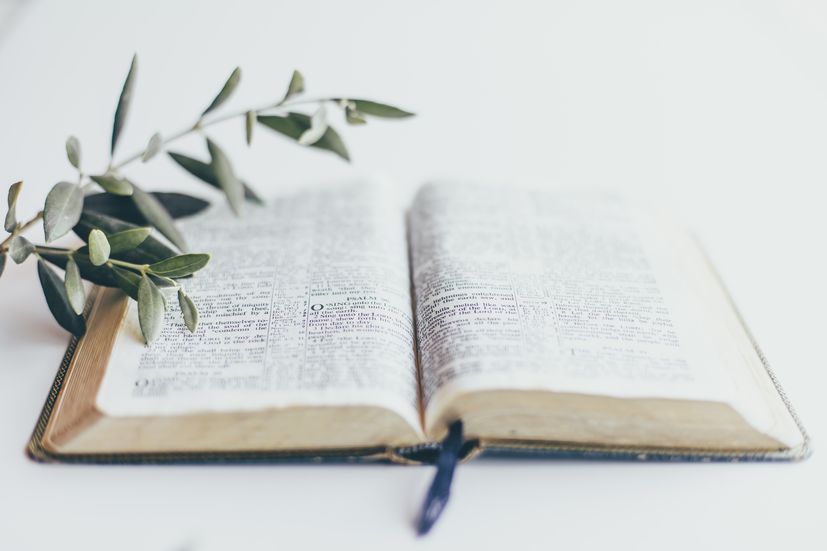
The Easter tradition has its roots in the pre-Christian period, and Croatian customs are inspired by Germanic, Scandinavian and Slavic culture. Customs differ from region to region, but what they all have in common is the preparation for the arrival of Easter, the dedication of food and the coloring of Easter eggs.
During Holy Week, the church bells were not rung, only house work were done and there was no going to the fields. Since ancient times, the custom of tidying up the house and cleaning and going to church for confession has been cherished so that people can cleanse their souls of sins. Despite all the diversity of customs during Holy Week, they all have fasting in common. Meat is not eaten, but fish specialties are prepared.
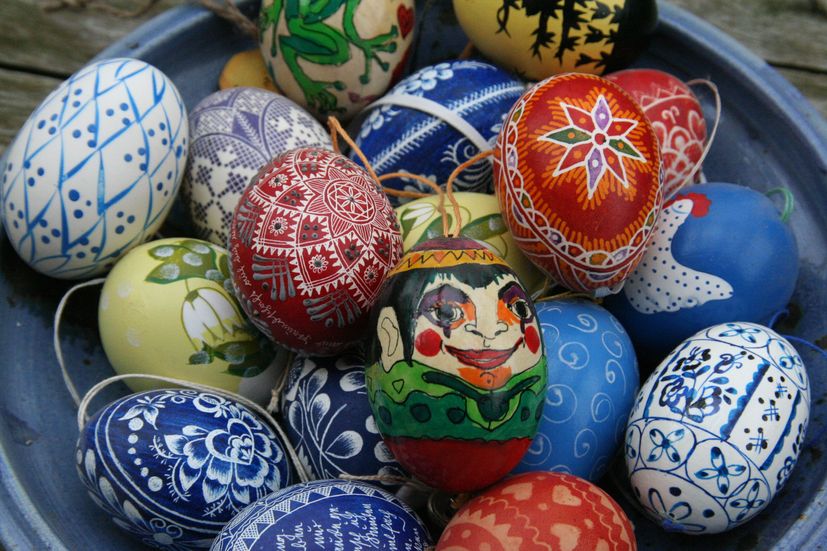
In Slavonia in eastern Croatia, bread was baked and church bells were tied on Maundy Thursday, and on Fridays people fasted and ate fish. The day before Easter, the children picked grass and made nests out of it, in which their parents would leave gifts during the night.
Traditionally, appropriate songs were also sung, for example chants about the Passion of the Lord, such as Stala plačuć’ tužna mati. In Vinkovci, girls used to sing Gospin plač i muka Isusova (Our Lady’s Cry and Passion of Jesus) on the weekends at the chapels and in the town, and the guys would join them, so they sang together, played certain games with lean sweets.
Župa Dubrovačka was known for specially woven palm branches, the so-called poma, which children were most excited about, who would receive two Easter eggs for one poma at Easter. Unfortunately, the art of knitting twigs has been partially preserved in the southern part of Croatia.
At that time, there was a happy and cheery atmosphere in Zagorje as people painted Easter eggs and houses. In some parts of northwestern Croatia, after a long night, Easter bonfires are lit at dawn, the so-called Vuzmenka made of pine trees or pyramids made of logs, and in Dalmatia, chatter boxes (klepetaljke) and ratlles (čegrtaljke) are made.
On Good Friday in Dalmatia, common pandora, sea bream, hake, octopus and squid are prepared, along with vegetables and potatoes. Chickpea maneštra and cod have been served in Istria since ancient times. Those who could not afford fish, prepared dishes from cabbage.
Blessing on the food is one of the oldest folk and church traditions that has survived to this day during the celebration of Easter. On Holy Saturday or early Easter morning, the faithful stake food to the church for blessing, which they later consume for breakfast with their families. Some bless the food in their home with a prayer.
A folk custom that is also present today in all parts of Croatia is the coloring of Easter eggs. Many egg decorating techniques have been passed down from generation to generation. In the past, natural dyes were used for coloring. The most common was red, which was obtained from the skin of red onion, beetroot or chicory. Some decorated the eggs by boiling them with flower petals. Spinach, leeks or nettles were recommended for green color, and dark brown will be obtained from oak bark. For the most beautiful shine, our ancestors used a piece of bacon.
Even today, Easter eggs are made in schools as small souvenirs.
In Podravina, young men used to give Easter eggs to girls to express their sympathy, and they would proudly put them on the window. Easter eggs were decorated with wax in Dubrovnik. In Međimurje, black Easter eggs were made from elderberries, mulberries or soot.
Easter eggs carry a lot of customs with them.
Along with giving gifts and throwing eggs with money, beating with colored eggs is certainly the most widespread. In Zagreb and its surroundings, beating eggs used to mark a turning point in time, so they marked the time as well.
Holiday table
On Easter itself, cooked ham, eggs, spring onions, fresh cheese and radishes will be on the holiday table in most Croatian cities. One of the most famous Easter symbols is the lamb, which is also associated with the Jewish Passover. In ancient times, Jews sacrificed a lamb for this holiday. Eating lamb for Easter lunch in the Middle Ages became a custom at the Pope’s court, and over time in many European countries to this day, including in Croatia.
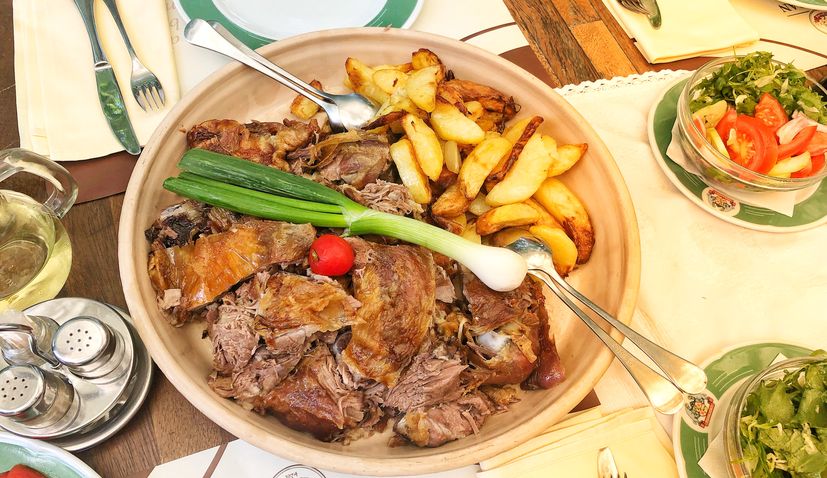
Lamb
In Slavonia, you will also eat French salad, scones and kulen, and sometimes a cloth was placed over the basket with blessed food, which would later be thrown on fruit trees in order to give birth to healthier fruits, and the shells of blessed eggs were thrown into the ground in order to give birth better.
In Zagorje, it was customary to wear new clothes as a symbol of spiritual purity acquired during Lent. Traditionally, even today, bread is baked there and mixed with the water in which the ham was cooked. The main dish is turkey with mlinci and Zagorje štrukli.
In Istria, prosciutto is eaten with eggs and a scones (pinca), and those who follow the tradition will prepare sauerkraut with meat and fuži. Cheese or scones (pinca) is an Easter bread or cake in Dalmatia, Kvarner and Istria. They are shaped into a ball which, before baking, is coated with egg yolk and cut in the middle in the shape of a cross and sprinkled with sugar.
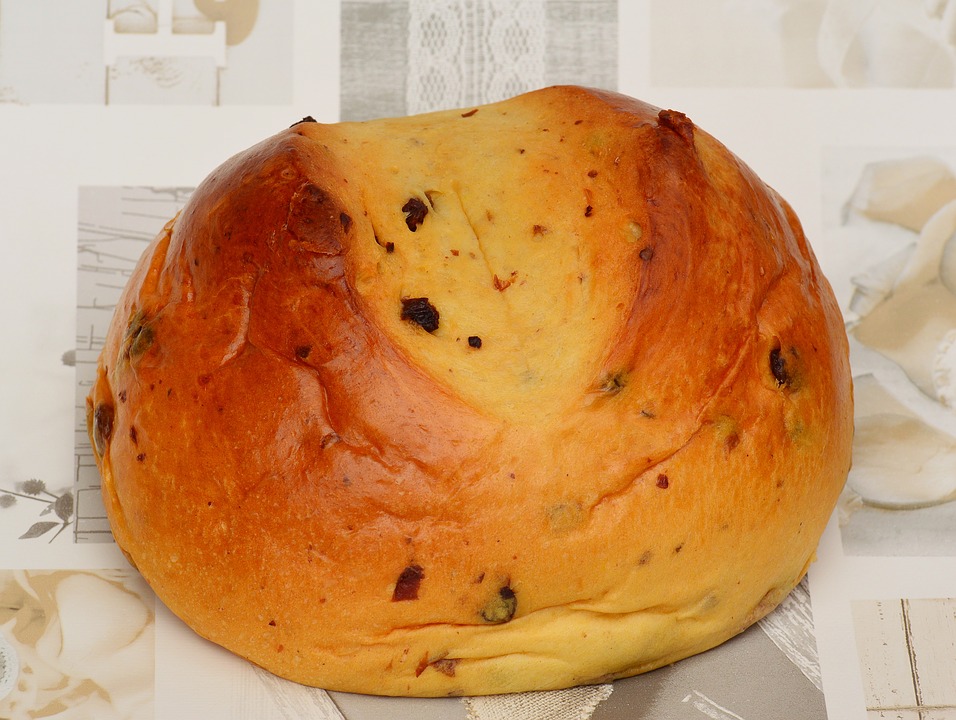
Sirnica
If we go to the southern regions, we will have roasted lamb on the menu, which is eaten with spring onion or kapula. Red wine is drunk in Dalmatia, especially after tasting ham in bread.
Other customs
The custom of “whipping Baraba” has been preserved in some parts of Istria and Slavonia. In Dalmatia, on Maundy Thursday, the faithful hit the church pews with sticks until the sticks broke. Such whipping is called “Beating the Baraban”, that is, Baraba.
“Za križen” procession on Hvar island has been celebrated at night on Maundy Thursday for centuries. It starts at 10 pm in the evening, it’s 22 kilometers long and lasts a full eight hours. Six parishes are visited, from Jelsa to Vrboska. “Our Lady’s cry” is sung as a musical dialogue by singers kantaduri, and at the head of the procession are cross-bearers who carry a large cross, weighing up to 18 kilograms.
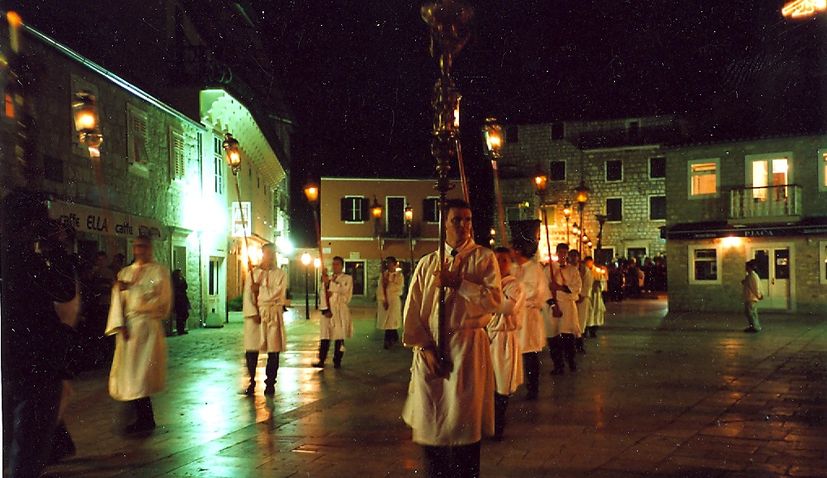
‘Za Križen’ Procession (Photo credit: E.mil.mil/CC BY-SA 3.0)
In Dalmatia and Dalmatinska zagora during the Paschal Triduum you can see žudi – guardians of Christ’s tomb. In 1857, the young seminarian Ante Gluščević brought this custom from the Italian Loreto to Metković. Žudi guards are guys dressed as Roman soldiers.
They are in front of the altar from Maundy Thursday and alternate until the Easter vigil. On Holy Saturday, after the singing of appropriate songs, the lights are turned off and the shout: “Jesus is risen!” is heard. When the lights come back on, the guards fall to the floor and run away.
Vuzmenke are bonfires that can often be seen in the northwestern parts of Croatia. In front of the churches, wood is lit, and that by hitting stone on stone, not with a lighter or matches. It should be said that this custom came from a pagan, pre-Christian tradition, but the Church does not condemn such a custom because everything about fire ,and light, and for Christians light is Christ, has deep symbolism in it. It is a sign that emphasizes God’s action because fire warms, enlightens, burns, destroys and transforms.
In pagan times, the rabbit or cony was a symbol of fertility because they are the animals that reproduce the fastest and are therefore a symbol of the new birth of life in the springtime. The first edible rabbits were made in Germany at the beginning of the 19th century, and this Easter custom came to Croatia precisely from the Germanic region. According to Christian folk custom, the rabbit is the herald of Easter. Just as a rabbit suddenly appears in the spring and heralds more beautiful and warmer days, so also the resurrected Christ, after suffering and death, suddenly appeared among his apostles.
There are many church songs that sing about Jesus’ passion, crucifixion and resurrection. In the Croatian Easter tradition, the most famous are Kraljice neba (Queen of the Sky), Gospodin slavno uskrsnu (The Lord Has Risen Gloriously), Na nebu zora rudi (In the Sky the Dawn Breaks). In 1979, the oldest festival of Croatian popular Christian music called Uskrsfest began, as a review of the musical and spiritual creativity of young people.
This is just part of the rich culture and Easter customs in Croatia and the world.

